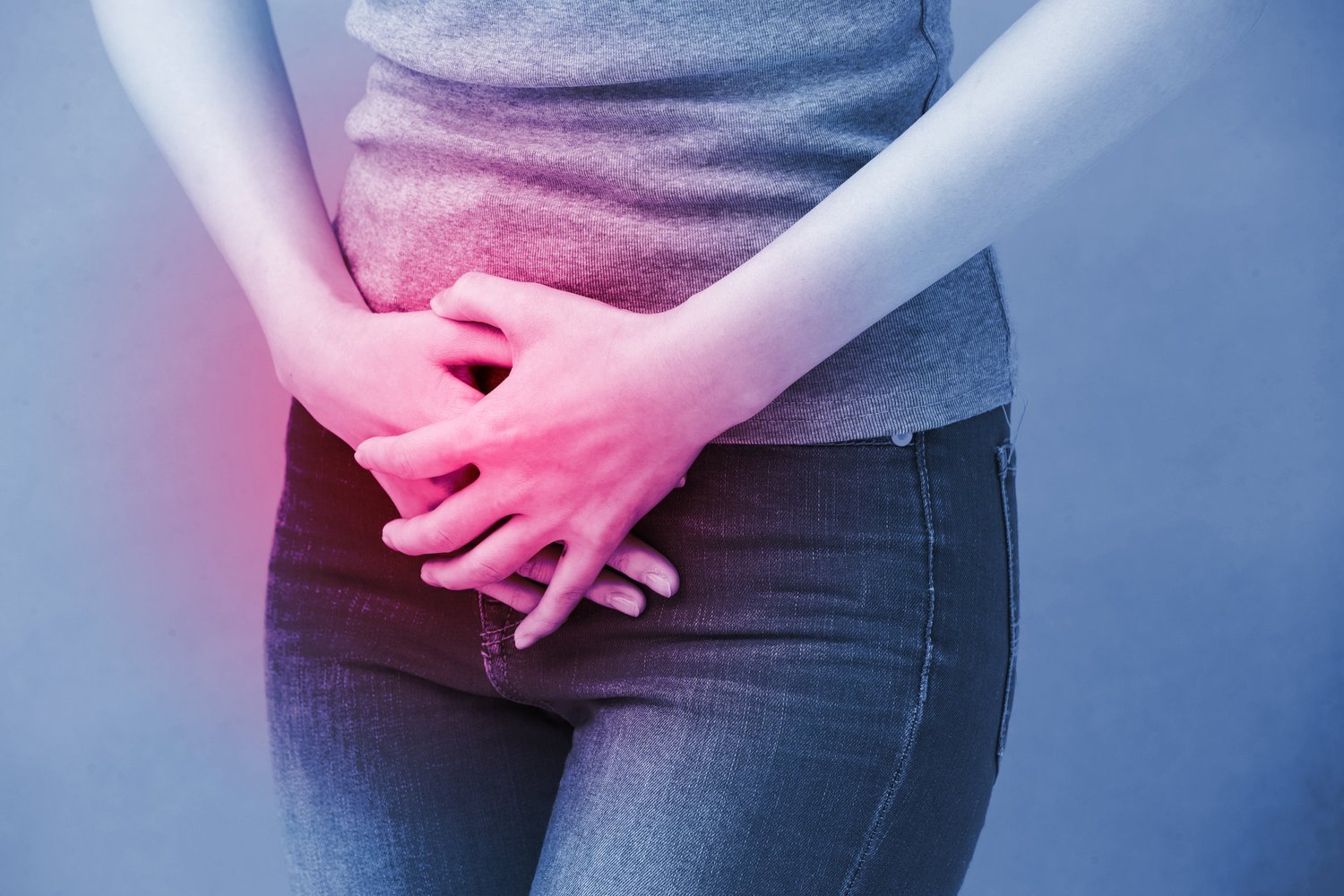Urinary incontinence is an issue that can leave a person feeling self-conscious, but the condition is likely far more common than you realize.
In fact, incontinence issues affect upwards of 25 million US adults every single day. And while it may not be something that you’re keen to talk about, you certainly should bring up any incontinence problems that you’re having because it tends to be highly treatable. In today’s blog, we take a closer look at different forms of incontinence, and we discuss your treatment options.
Different Forms Of Incontinence
Urinary incontinence occurs when you lose control over your normal bladder function. This doesn’t mean that you can no longer hold urine in your bladder, but there is an underlying dysfunction issue that is causing problems for your ability to hold or release urine. There are a few different forms of urinary incontinence, and we break down the four most common forms below:
-
Stress Incontinence – Stress incontinence occurs when a physical activity places stress on your bladder, causing the involuntary loss of urine. Actions like running, sneezing, laughing or lifting something heavy are all forms of stress incontinence. This type of incontinence is especially common in women who are pregnant or who have recently given birth, due to the impact child development and the birth process can have on your pelvic floor muscles.
-
Urge Incontinence – Urge incontinence is categorized by the sudden and intense need to go pee, especially if you’re in an area where you can’t get to a bathroom right away.
-
Functional Incontinence – This type of incontinence occurs when you struggle to hold your urine until you can make it to the bathroom. This can range in severity from the unexpected leakage of a few drips or the full release of your bladder.
-
Overflow Incontinence – Overflow incontinence happens when a person is unable to fully empty their bladder, which can lead to the unexpected leakage of urine later when their bladder becomes too full.
Treating Incontinence
Fortunately, many people dealing with one of the above forms of incontinence will experience symptom improvement or complete relief with the help of some conservative treatments and lifestyle adjustments. But before treatment is decided, you will need to undergo a physical examination so that your doctor or women’s care provider can get a better understanding of the underlying cause of your incontinence. Your specific treatment will vary based on what is uncovered during this diagnostic exam, but oftentimes a combination of a few different conservative treatments provide significant relief. Some treatments that may be recommended for you include:
-
Physical therapy exercise to improve pelvic floor strength
-
Weight loss
-
Giving up smoking
-
Dietary adjustments
-
Medications
In more severe cases, or for patients who don’t experience symptom relief through conservative methods, catheters or drainage bags may prove helpful. However, most patients experience enough symptom improvement through these lifestyle improvements to avoid the need for a urine collection system.
If you are dealing with an incontinence issue, please reach out to your primary care physician or your women’s care provider. Incontinence can be effectively treated, and the problem will typically continue to persist or worsen if left unaddressed. For more information about incontinence or other bladder issues, reach out to the team at MetroPartners OBGYN today at (651) 770-3320.

